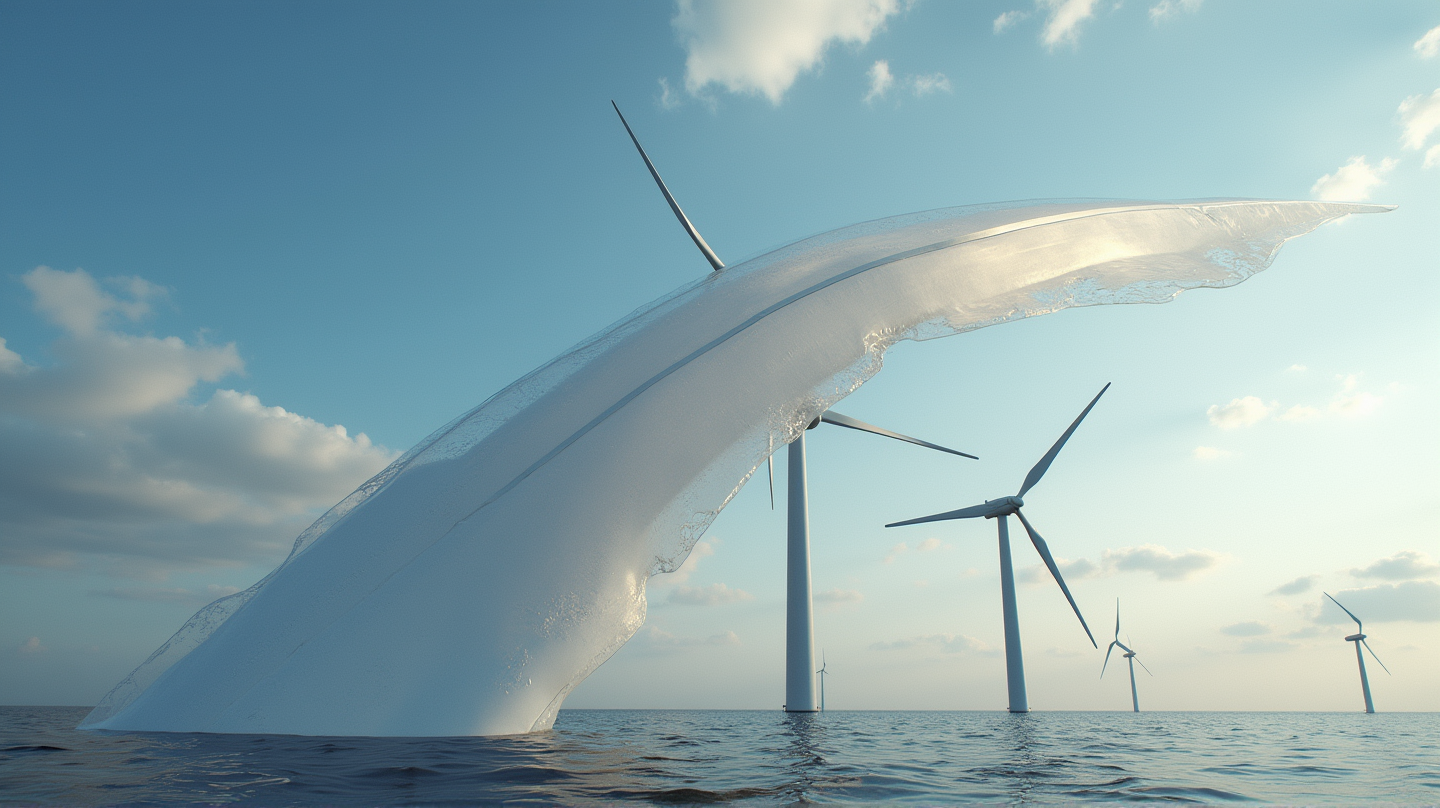The world of sustainability is witnessing a transformative breakthrough! As the first wave of modern wind turbines approaches retirement, researchers at Washington State University have unveiled a groundbreaking method to recycle wind turbine blades, offering a revolutionary way to turn waste into stronger, more durable plastics. This innovation isn’t just environmentally friendly; it potentially reshapes the entire landscape of recycling and renewable energy resources.
Sustainability Meets Innovation
At the heart of this method is the recycling of glass fiber-reinforced polymer (GFRP) used in wind turbine blades. Traditionally known for being hard to recycle, GFRP’s conundrum posed significant disposal challenges. But thanks to this method, geometric and material barriers are being broken down into a viable new form of plastic.
Green Chemistry at Play
The researchers took an inventive yet straightforward approach. They cut wind turbine blades into blocks and immersed them in a gentle bath of low-toxicity organic salts mixed in superheated water under pressure. Over two hours, the material slowly decomposes, revealing high-strength glass fibers and resins that are then integrated into creating robust new composite materials.
A Leap for Wind Energy
According to Technology Networks, this method isn’t merely an academic success—it’s an industry-changing tactic. The process uses zinc acetate for its chemical reactions, a compound familiar in food and medicine. This mild solution enables the fibers and resins to seamlessly combine with other recyclable plastics like nylons, enhancing materials by making them over three times stronger and eight times stiffer.
A Vision for the Future
As echoed by Jinwen Zhang, the lead researcher, the urgency of recycling turbine waste aligns with the growing wind energy sector. This scalable and cost-effective strategy not only satisfies significant environmental goals but promises an entirely sustainable manufacturing cycle.
Real-World Application and Continued Research
The methodology even recycles much of the initial zinc acetate solution, reinforcing both cost-effectiveness and environmental sustainability. The team continues to refine their approaches, aiming to simplify and lower pressurization demands—potentially making blade materials fully recyclable in newer turbine designs.
The ingenuity shown by these researchers could just pave the way for a greener, more sustainable future, where not only energy is renewable but the tools we use are too.
